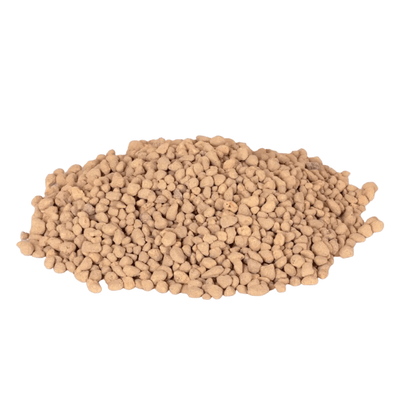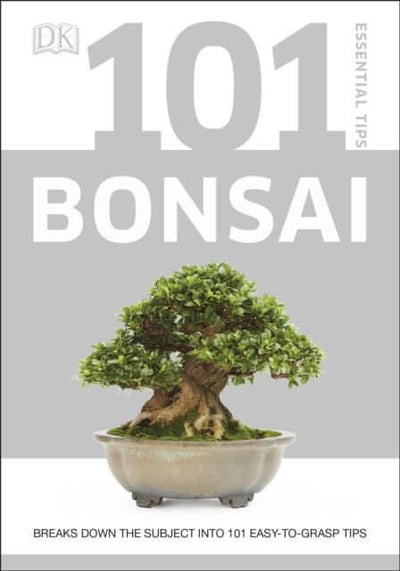Exploding 5 Myths Around Bonsai Trees
They’ve been around for thousands of years, in many areas of the globe and yet… plenty myths of the beautiful bonsai tree are still perpetuated today.
Obviously, here at Yorkshire Bonsai we are keen to put all lovers of these exquisite little trees, right. Or, at least, arm you with the proper knowledge so that you can get the most from your perfect little plant.
So, here are some of the main myths – and why they’re wrong:
1. Not using fertilizer keeps your Bonsai small
This is actually quite a scary myth, since not using fertilizer will probably lead to your beautiful little Bonsai plant dying. Plants in pots need fertilizer to keep them healthy because they’re not getting nutrients from the ground. And that doesn’t mean using weakened fertilizer ie only using half strength (another common fertilizer-related myth for Bonsai). If you want your Bonsai to live long then you need to give it fertilizer.
2. Bonsai plants are for indoors only
Wrong! In fact, most Bonsai plants remain outdoors constantly. The main thing is to replicate the tree’s original habitat so that it can receive what it needs, and sustain itself, from the environment in which it’s placed. To grow and thrive, all Bonsai trees – like most plants - need sunlight, food, water and shelter. There are particular tropical trees that are best suited to indoors, though, such as Zelkovas, Ficus and Malpighias.
3. The Bonsai tree originated from Japan
This is a very common myth and, again it’s wrong, since the art of miniature tree pruning is actually a Chinese concept. It’s believed to have started with Chinese monks who were keen to make small landscapes to remind them of their boyhood. This is depicted in poetry and other art forms relating back to early Chinese society. It was when the monks migrated to Japan around 780 years ago that the artform was populated there and, eventually, around the world.

4. Bonsai is cruel and hurts the tree
Quite the opposite, actually. Carrying out Bonsai on a tree means paying careful attention to its health and maintenance. The plant doesn’t struggle for sunlight or nutrients because you will ensure it receives both. It is shaping the tree that dictates what size it grows to become. In fact, a miniature tree will more often live longer than its giant counterpart.
5. Bonsai is very expensive
We can understand where this myth comes from since, in the early days of the artform, it was only the rich and famous of Chinese society who could partake of Bonsai. Fortunately, in the 21st century, it’s more or less open to anyone who enjoys cultivating and looking after plants. Many Bonsai trees aren’t expensive to buy and you can teach yourself how to look after it by accessing information on the internet. It’s about time, effort and knowledge – and that’s all free.
Get in touch
If you fancy learning how to master this lovely artform then here at Yorkshire Bonsai we have plenty of advice and guidance you can gleam from our website www.yorkshirebonsai.co.uk. You’ll also find a lovely collection of trees to choose from to get you started.








